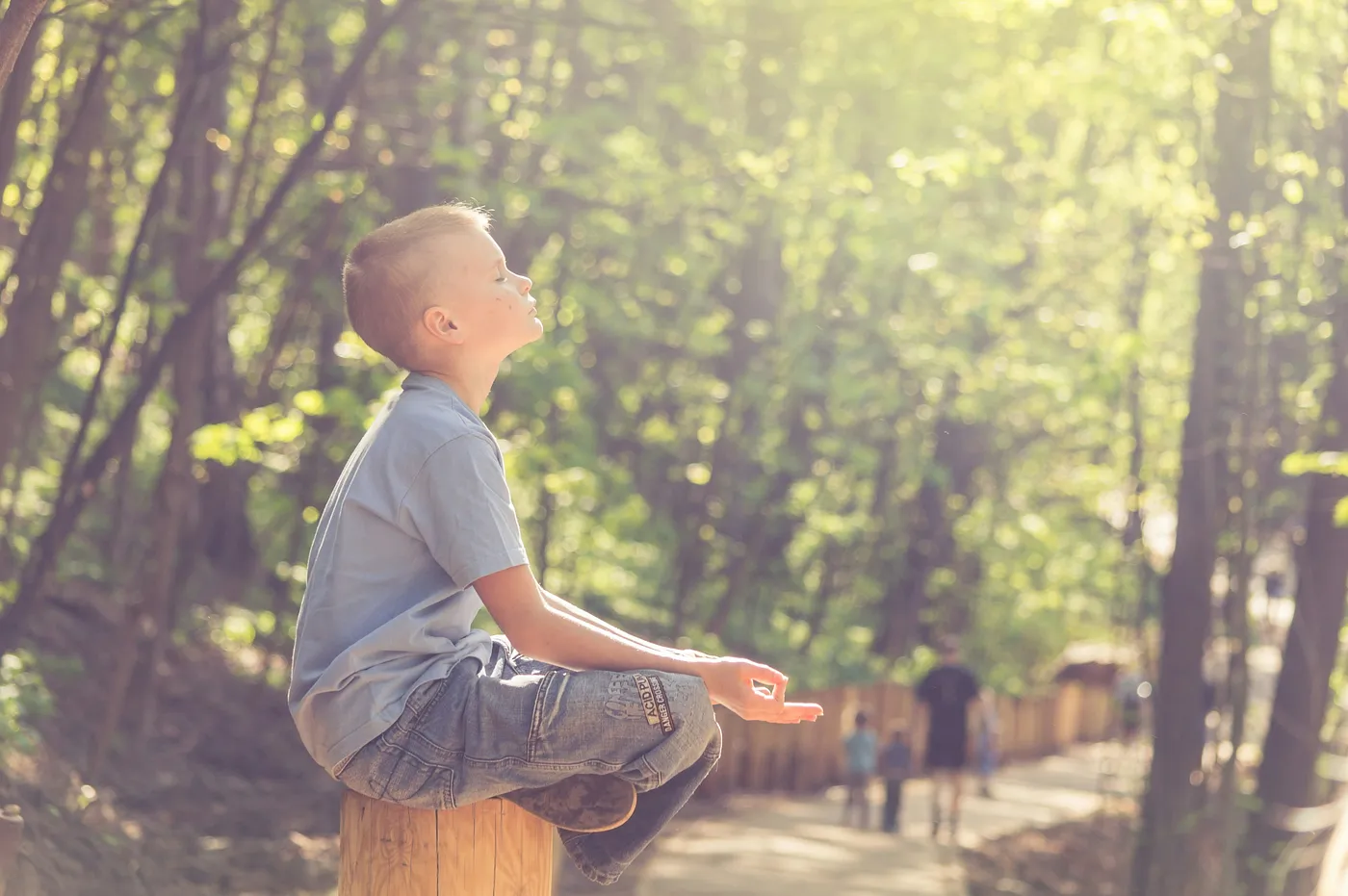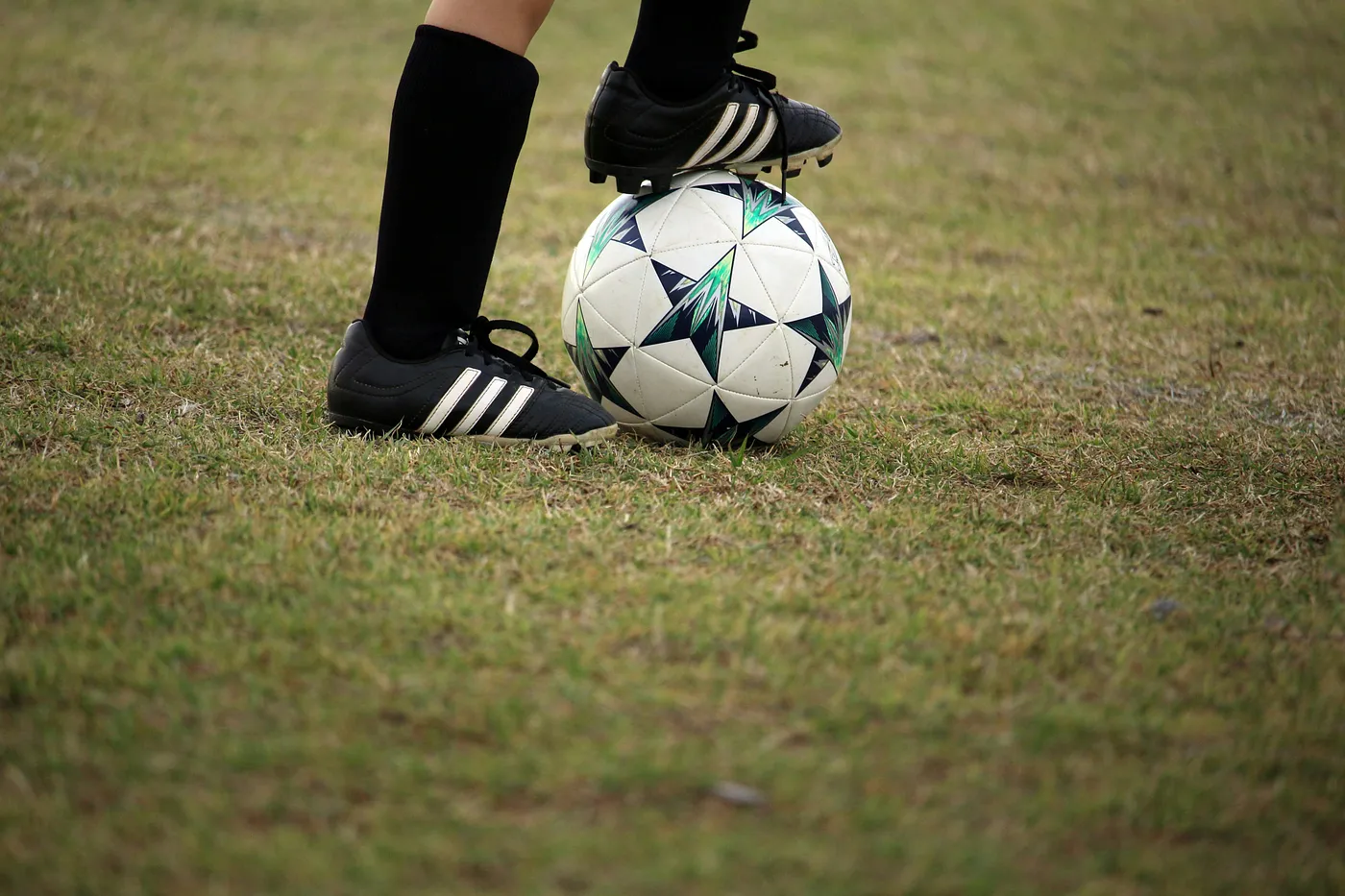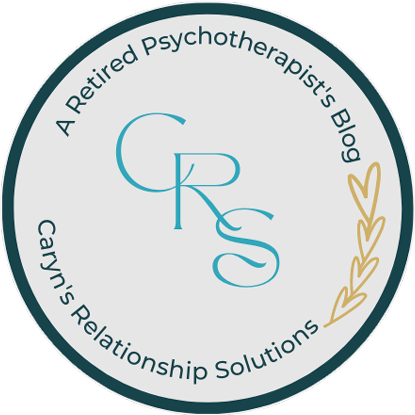A Necessary Societal Shift
My sandaled feet froze in the ribbon of unkempt grass, the distinction between school property and the city’s sidewalk. I felt the dew, cold on my toes while I stood outside the metal gates of the vacant Marjory Douglas Stoneman High School in Parkland, Florida. Tears spilled, and my breath caught as the memory of what transpired there floated forward, waking my subconsciousness. Even so, oblivious cars streamed down the road, their tires shushing past, stifling the ghostly echoes of the student’s and staff’s cries, until the staccato scratch of a newspaper skittering across the deserted parking lot turned my head.
Seventeen were killed on Valentine’s Day in February, and seventeen more were injured. The shooter, a twenty-year-old adopted and recently orphaned male, had an extensive and known history of mental health issues, including suicidal and violent ideations. In 2018, a day dedicated to love became a day of hate and vengeance. I stood transfixed, heart aching for those who lost their lives and the many who still carry the grief, anger, and psychological trauma. A severely troubled young man now serves a life sentence in prison, and this retired psychotherapist and writer wonders how this scenario, which occurs with untoward frequency, could be understood and altered.
It was early morning on the second day of a Boca Raton writer’s conference in 2023 when I decided to skip the early session and drive to a nearby town I saw on my GPS. I’d perused Parkland’s website, which said their covered bridge was picturesque, a city highlight. Robert J Waller’s book The Bridges of Madison County, one of my favorites, came to mind, and I knew I must experience its grandeur first-hand. However, when I arrived I found only a short, choppy replica, the entrance to an upper-middle-class neighborhood of neat and orderly houses. I only connected the ambiance of this pleasant community to the past tragedy when, quite by accident, I happened upon the locked, desolate school with withered bouquets lining the blockaded entrance.

Photo by Vitolda Klein on Unsplash
As a young psychotherapist, I worked at The Gillis Home for Children in Kansas City. My clients were court-placed, defiant children between six and fourteen years of age. It was there that I began to study the effects of trauma in early childhood and the subsequent connection to a lack of feelings for others and an increase in cruel and violent behaviors in some of my clients. Even before the word bullying was part of our vernacular, the power and horror of it consumed me.
In 2004, I wrote A Bully Grows Up: Erik Meets the Wizard, the story of a young bully and his journey toward growth of character, responsibility, and leadership with the help of a kind wizard in a fantasy land of possibilities. I included an instruction guide with therapeutic exercises for students and a CD version read by the late jazz singer Lainie Cooke (soon to be released as an audio file). The renowned artist Silvere Boureau created the book’s original paintings, always concealing Erik’s face so any young bully could see him or herself there.
Foster W. Cline, M.D., co-author of Parenting with Love and Logic and the grandfather of attachment theory, wrote, “In the tradition of Hans Christian Andersen, this book skillfully weaves adventure and metaphor, providing the perceptive groundwork for child and adults to discuss concepts that ensure the growth of character, responsibility, and leadership. Bullies only outgrow this behavior with thoughtful input and guidance from loving adults.”
As a young psychotherapist and mother working in a residential treatment facility, I was mind-struck that books on this newly emerging field focused on the targets of assaults (emotional and physical) instead of centering on the bullies themselves, where the actual work needs to occur.

A Bully Grows Up was one of the first books on this topic. It focused on the perpetrator, considered attachment difficulties, and recognized the importance of teaching kindness in countering the emotional damage already caused in early childhood. Therapeutically changing a bully’s behavior is challenging because their lack of empathy and self-focused attitude makes change difficult. However, untreated bullying behavior in childhood leads to adult narcissism, a significant personality disorder, which will be the topic of my next article.
To offer a bully an avenue for change, this author took a creative tactic and wove subliminal threads for therapeutic growth into the book’s storyline to quietly begin modification of the bully’s negative behavior. When treating a bully, one must use a window to begin treatment instead of beating on the psychological front door. Even so, it would be better to teach kindness before the use of cruelty and uncaring thinking takes hold.
“With a powerful shove, Erik sent his younger sister airborne. She landed with a none-too-delicate thud — the kind a mother hears from another room, even over the sound of the TV. Kim hit the fortress-like side of Erik’s large, wooden desk, slid to the floor, and began to cry.”
An excerpt from “A Bully Grows Up: Erik Meets the Wizard.”
A study conducted by the Childhood Study Research Institute (CSRI) in collaboration with the Department of Education looked at a diverse urban elementary school with a mix of socioeconomic backgrounds and ethnicities to investigate the efficacy of kindness education in reducing bullying behavior among elementary school children. In a randomized controlled trial, two groups received curriculum, one standard and the other received additional kindness education sessions. The group noted a significant decrease in bullying behavior among children who received kindness education compared to the control group. Moreover, participants demonstrated increased empathy, prosocial behavior, and improved peer relationships. Findings suggest that incorporating kindness education into school curricula can effectively mitigate bullying behavior and promote a culture of empathy and compassion among children. However, the teaching of kindness is not mainstream thinking.
 Photo by Hal Gatewood on Unsplash
Photo by Hal Gatewood on Unsplash
Bullying has become a pervasive issue. Even soccer star David Beckham experienced bullying in his youth. Angry adult fans, who once idolized the young athlete, turned to name-calling, harassment, and physical indignities (spitting) after young Beckham’s questionable reaction to an overly aggressive play by a member of the opposing team. Beckham suffered an adjustment reaction, including a lack of appetite, depression, inability to sleep, and overall malaise. Cruelty, on any level, is an immature reaction and excludes the ability to feel empathy in that moment.
The National Football League thought the topic was so important to the mental health of today’s youth that it partnered with EVERFI and developed the NFL Character Playbook. This website offers free resources to teachers, students, and parents of children in grades K-12. Focusing on character education and mental wellness, this program gives kids the tools to create healthier relationships. (www.characterplaybook.com)
Water cooler conversation often abhors bullying behaviors, especially following a public incident, like that at Parkland. A quick check into all social media formats will find pages rich with a multitude of posts, some by mental health experts, others by recovering narcissists, and some by victims of bullying or narcissistic behavior. I, too, post videos on the topic. However, mine explains narcissism, attracting thousands of views, pointing to the public’s desire to understand this frustrating personality disorder with origins in untreated bullying.
As with books on bullying, the majority of related social media posts focus on the bully’s targets and not the perpetrators themselves, primarily because pushing the narcissist or a bully to explore their feelings to alter their actions is horribly tricky and typically unsuccessful. Therapeutic intervention in both cases must be based on healing early childhood wounds and unsuccessful attachments. Under the bully’s surface lay a fragile self-concept and unsuccessful emotional bonding with parents, often the mother.
Photo by Michael Dziedzic on Unsplash
“Standing by a towering waterfall, almost hidden in the green moss and ferns was…a Wizard! Yes, a moving, thinking, smiling, singing Wizard. His eyes sparkled and his gray robes tumbled majestically off his shoulders like layers of frosting on a birthday cake.”
An excerpt from “A Bully Grows Up: Erik Meets the Wizard.”
According to the National Center for Education Statistics (NCES), about 20% of students aged 12–18 report being bullied at school, while 1 in 5 experienced bullying in all grades. The Cyberbullying Research Center states that approximately 47% of young people between the ages of 12 and 17 have experienced bullying online. Additionally, the U.S. Naval Postgraduate School’s research shows there were 180 school shootings in the United States between 2000 and 2019, resulting in 356 fatalities and 667 injuries, with an additional 46 tragedies between 2022 and 2024. Most perpetrators pointed to bullying as an underlying cause of their violent behavior.
With the ever-increasing rise of technologically-based social media platforms and few content and age criteria regulations, the ability to cast cruelty onto others has increased. Over the internet, the emotional and physical distance allows the offender to shield themself from most feelings related to hurting another person. Sending a shaming photo of a victim to the entire school can be done quickly with the push of a button, causing significant psychological damage. Meanwhile, the bully is shielded by technology and the lack of protection rules. Similarly, the incidence of reported hate crimes has also increased in recent years, as tracked by the Anti-Defamation League and the Southern Poverty Law Center.
Researchers are gaining insight into this negative social dynamic by studying the increase in bullying and other unkind behaviors. It is becoming clear that these issues must be addressed in childhood to deter the onset of narcissism in later years, whether the cause is environmental, genetic, or situational trauma. Promoting and rewarding kind behaviors in those who tend to bully others will assist in altering their present and future relationships. Unlike earlier decades, several organizations now exist to help parents and teachers in their journey to effect this change.

Photo by Jessica Felicio on Unsplash
“Immediately, the heavy suit of armor seemed to disintegrate, and Erik the Young and Bossy was left standing meekly on a large rock, where Erik the Fearless Monster Slayer had stood moments before.”
An excerpt from “A Bully Grows Up: Erik Meets the Wizard.”
One of the tenets of the Born This Way Foundation, begun by Lady Gaga and her mother, Cynthia Germanotta, is to “Make Kindness Cool.” The organization advocates for acceptance and empowerment “to create a kinder and braver world,” one in which bullying and violence caused by internal pain would be lessened and hopefully eradicated. Founded on Lady Gaga’s childhood journey, including being alienated and ostracized by her peers, this foundation offers free programs and didactic information to teach the importance of kindness in eliminating bullying and cyberbullying, validate the emotions of young people, and decrease the stigma connected to mental health issues. (bornthisway.foundation.com)

Photo by Alexander Grey on Unsplash
“To his right, illuminated in the newness of the day, was the shiniest pair of size nine silver-glittered high-top tennis shoes he had ever seen. The attached note read, “Don’t forget your new motto: Brain Before Brawn.”
An excerpt from “A Bully Grows Up: Erik Meets the Wizard.”
Encouraging and rewarding random acts of kindness is vital in creating new neural pathways for kind behavior, especially if the child demonstrates bullying tendencies. Have children discuss a time when someone showed them compassion and how they felt about the exchange and compare their thoughts and feelings to an experience when they were kind to someone else. Whether parent, teacher, or friend, it’s vital to help children work toward developing the desire for emotional pleasure instead of residual pain. Promoting a Kindness Campaign (at home or at school) to raise awareness about positive behaviors can bring this concept forward in a child’s psyche, and keeping a list of daily kind behaviors will help solidify positive change.
Pacer’s National Bullying Prevention Center offers educators and parents a wide range of resources on its website to help them locate other classroom toolkits, lesson plans, and in-home activities. Adolescents will find their dedicated web page, www.pacerteensagainstbullying.org, helpful.
A government website, StopBullying.gov, provides prevention tools and ideas for responding to bullying for targets, parents, educators, and psychotherapists. Videos, lesson plans, and classroom activities are available to the public. Another possible resource is Kindness.org, which encourages positive, empathetic behaviors through lesson plans, activities, and kindness challenges.
Encouraging kindness and empathy early in a child’s life can have long-lasting effects since positive relationships are the foundation of future meaningful attachments and interactions. Want your child to find loving relationships, encourage kindness early.
Children who lack caregiver tenderness, experience unalleviated pain in their early years, or are abused and neglected in their first few years of life often have issues with emotional attachment and trust development, which is the basis for healthy relationships. The most potent foci for altering their current psychological trajectory and the onset of bullying behaviors are encouraging compassion and empathy and making kindness cool.
This is the decade for positive change in our universe, community, and family. As individuals, it is time to focus on values that enhance our lives through meaningful attachments founded in love and kindness. Join me, Lady Gaga and the NFL in making kindness cool and helping to change the trajectory of bullies and narcissists.
Note: Want a copy? The author is offering copies of A Bully Grows Up: Erik Meets the Wizard for only the postage cost. If interested, email her or comment below.

